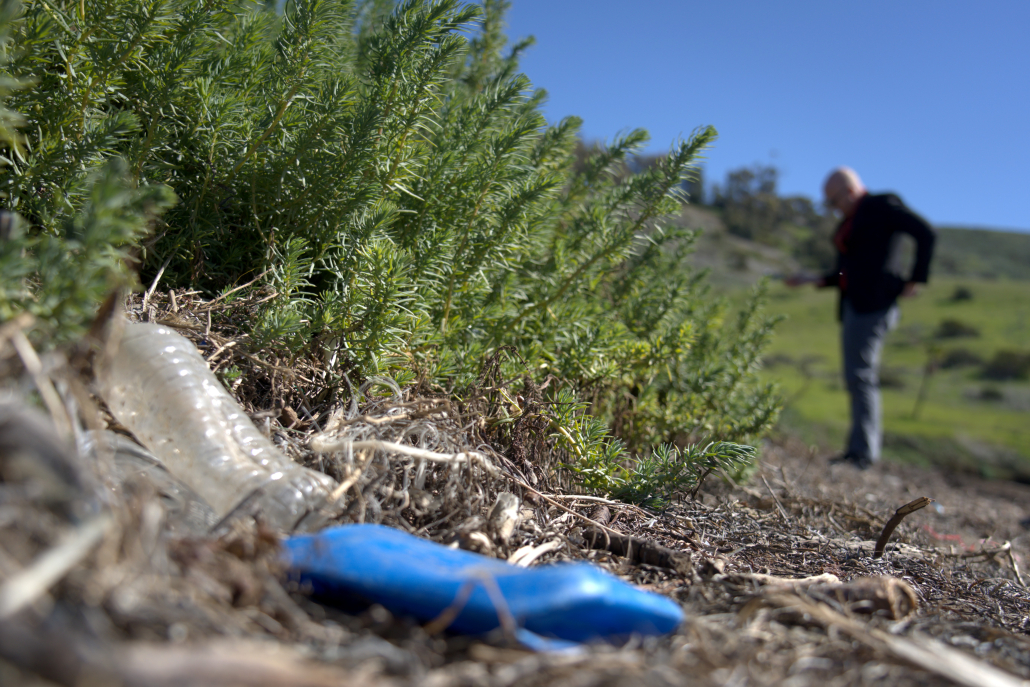Santa Catalina Island, the native-land-turned-tourist-destination renowned for its scenic charm, is now a collection point of the largest accumulation of ocean plastic in the world. Located between Hawaii and California, the Great Pacific Garbage Patch covers an estimated surface area of 618,000 square miles — an area three times the size of France — and contains approximately 80,000 tons of plastic.
Amid ongoing multi-million-dollar cleanup efforts, researchers at the USC Wrigley Institute for Environmental Studies, located on the island, wondered if they could turn the trash into something useful.
“It was a huge and urgent problem,” said Travis Williams, a professor of chemistry. “I’ve been looking at this for several years, and I came to the conclusion that there’s never going to be a chemistry solution to this [issue].”
As such, in collaboration with Clay Wang, a professor and chair of the Department of Pharmacology and Pharmaceutical Sciences, Williams and his team aimed to develop a chemical reaction that would degrade plastic into something that microorganisms could use. Consequently, the two labs devised a two-stage method incorporating chemical and biocatalytic methods that could transform post-consumer mixed plastics into antibiotics, immunosuppressants and other valuable products.
Their paper, published in Angewandte Chemie in November, announced the successful application of the two-stage method to polyethylene — one of the most common categories of plastics, used in products like plastic bags or food packaging — from which they were able to derive pharmacologically active compounds, manufacturing materials and other products in bulk quantities.
